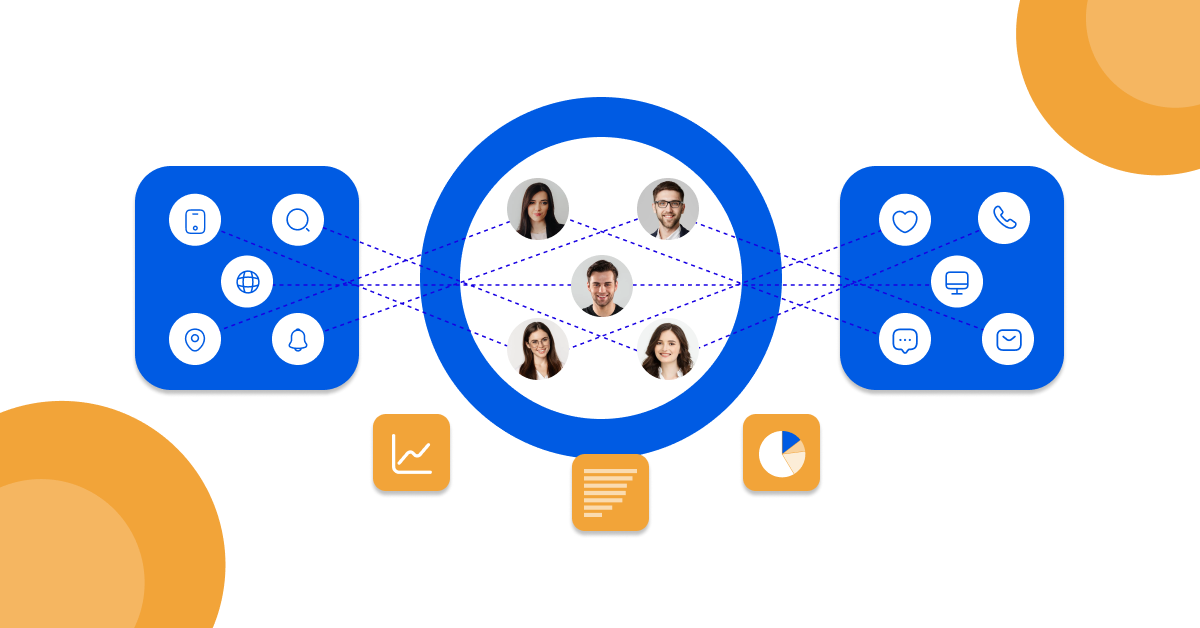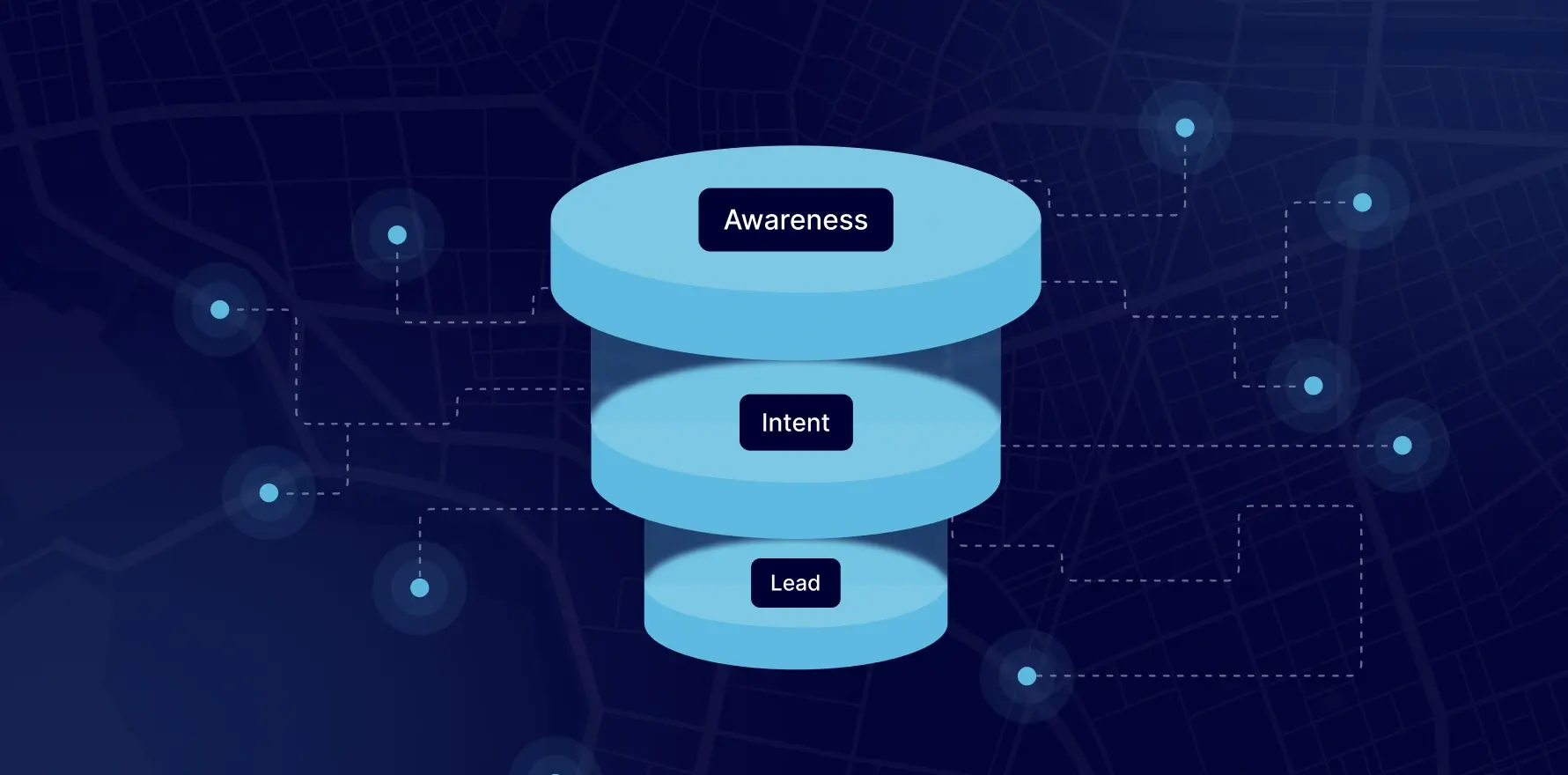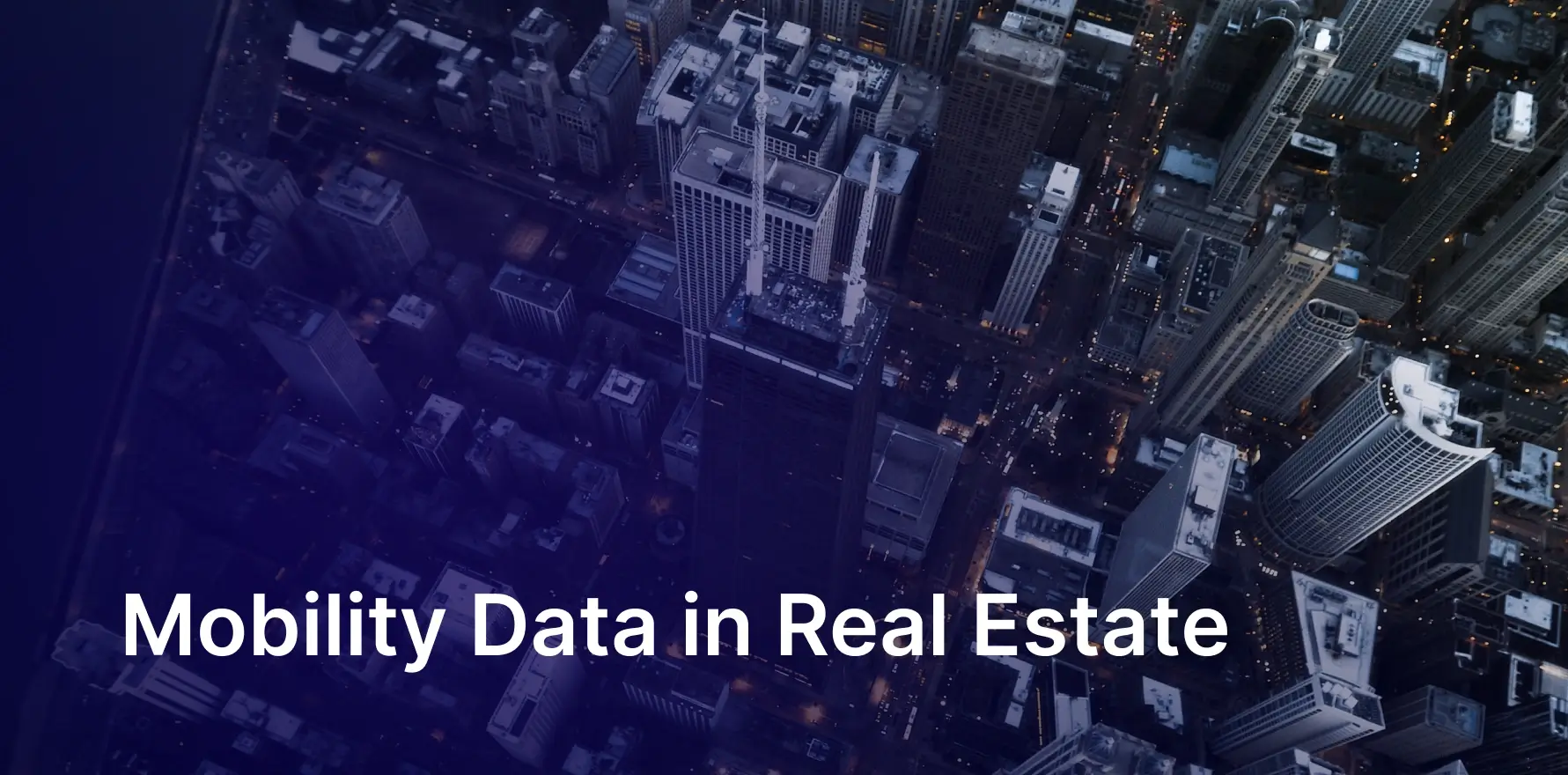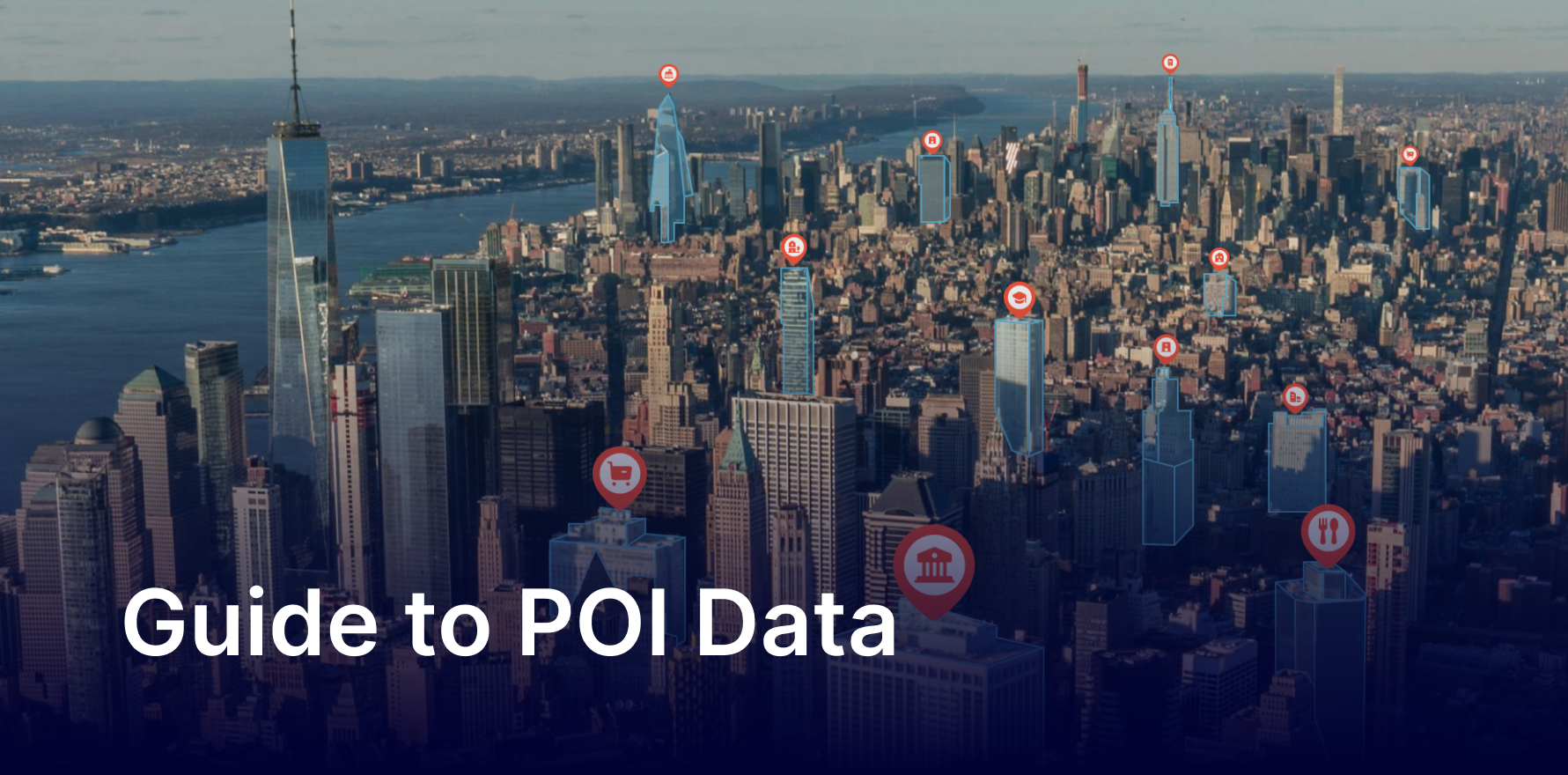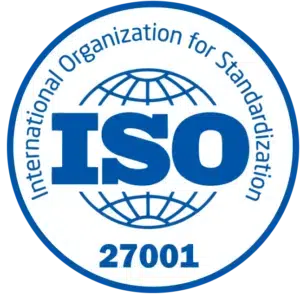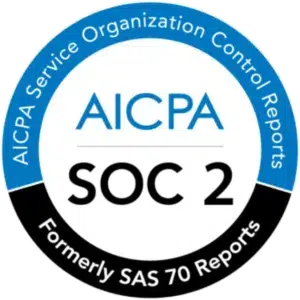Every marketer is burdened with treading the fine line between customer’s demand for hyper-personalization and regulatory demands for unprecedented privacy compliance. These regulations will only evolve with time and data clean rooms are the only way forward. Read on to know more about:
- What is a data clean room?
- How to use data clean rooms for customer data enrichment?
- Why you need to get started with data clean room with pressing urgency?
“To best deal with the growing number of existing and impending (privacy) regulations, companies must create processes that ingrain compliance into everyday operations. The best way for corporate leaders to do this is to realize privacy is a data-use issue, not a “check-the-box” compliance issue. Only when companies adopt a responsible data management approach vs. fulfilling regulatory requirements as they arise can they appropriately protect people and their data.”
This comment by Chris Babel, the CEO of TrustArc, requires one to dig deeper. Marketers, especially, are finding it challenging to balance advanced customer data points in everyday business and marketing use cases with privacy compliance. They sometimes prefer the “check-the-box” approach on compliance matters because dropping the ball on personalization could cost them revenue, even their business. The gloomy cloud of the cookie less future is adding to the pressure.
But what if marketers saw the evolution of the compliance ecosystem as an opportunity to evolve how they collect, store, and activate data?
That’s where data clean rooms come in.
But first, what is a data clean room and how does it enable enhanced customer privacy?
Data clean rooms are protected environments where encrypted customer information is stored and matched with other external datasets. Only authorized parties get to see this securely masked data. Think of it like a bubble of data inaccessible without authorizations that comply with privacy regulations. They are anonymized and encrypted before activation or data collaboration.
Two or more parties or partners can collaborate on anonymized and encrypted datasets through a data clean room. And they do it without crossing the lines of privacy beyond just ticking off the compliance checkboxes. Let’s see how exactly this works.
Data clean rooms vs conventional data collaboration tools: What’s the difference?
In conventional data collaboration arrangements, individuals can replicate and misuse data. Further, in traditional settings, data is stored on multiple systems on-premise, cloud, and even on individual devices, leading to a siloed and unsafe approach with too many loopholes. Moreover, it makes room for data duplication and insular business decisions.
With data clean rooms, all your customer data is consolidated, encrypted, and stored in a single, secure cloud data warehouse or storage. No unauthorized employee or partner can access this storage. When a data collaboration requirement emerges, substantial encryption keeps customer data secure and confidential. The data owner – in this case, a brand – decides who gets access to which part of the data in the clean room.
This approach works because someone must take accountability for keeping customer data secure and private. Brands investing in data clean rooms are delivering on this accountability and retaining customer trust.
Data clean room use case: Improve customer experience with data enrichment
A data clean room stitches together all your relevant data sources, allowing you to match and add attributes to glean sharp anonymized insights about individual customers. This is called data enrichment, and the methodology is singularly responsible for hyper-personalized and delightful customer experiences in contemporary marketing and CX functions.
Data clean room for customer data enrichment: An example
Let’s say you are a skincare brand in the impending post-cookie world. You are in the middle of planning your influencer and digital ad investments in the next year. So, you must know if your target audience watches dermatologists’ skin care videos. You work with an agency to understand whether the dermatologist influencer you have in mind and your brand have overlapping customers.
In the traditional data collaboration model, especially without cookies, you would probably have to exchange customer lists, violating every single privacy law. But when the derma company and your brand use a data clean room, you can find overlapping customer attributes without revealing any PII about either set of customers. All you have is your customer data enriched with skincare content consumption attributes.
Data clean rooms can also help you segment customers based on anonymized cohorts watching skincare content by dermatologists of specific regions, races, or genders. In addition, it can help you with personalized product recommendations, e.g., night creams for skin types in particular geographies.
Data enrichment insights built inside data clean rooms using holistic attributes can be constructive in ROI-centric digital ad and influencer spends planning for this specific skincare brand. Ultimately, it enables personalization, which nearly all of your customers want. In addition, over two-thirds want your brand to understand their unique needs and requirements. With data clean rooms, you find a sustainable and secure way to address these CX needs.
How to choose a data clean room provider for marketing data enrichment use cases
Now that you know the benefits of data clean rooms, here are the hallmarks of a robust provider.
Feature 1: Secure data collaboration
A vendor with data clean room solutions should be able to provide safe and secure data enrichment from diverse sources. When two parties collaborate in a data clean room, no PII information should be visible for the other party to parse or misuse. The absence of this feature beats the purpose of your data clean room investment.
Question for data clean room provider: How do you secure data inside the clean room?
Feature 2: Robust data governance standards
Strong data governance is essential for live data collaboration. Privacy and governance controls help prevent leaks during data collaboration. Data governance involves the careful collection, usage, and storage of data. For example, in a data clean room, even though the data is owned by just one party during a collaboration, both parties must have mutual privacy controls for maximum security.
Data sets in this context can be understood as tens of thousands of rows of an Excel sheet, with each column probably containing some PII. High governance standards ensure that even when this data is consolidated, neither party loses privacy control over their dataset. This could mean something as simple as each party having a toggle switch to eliminate the other party from the data room and remove their access. It could also mean fortified guardrails to ensure that the data cannot be copied from the data clean room to another device or file.
Questions for data clean room provider:
- How do you ensure strong data governance in your data clean room?
- How do you ensure that data from your clean room cannot be replicated on a system or file outside the clean room?
Feature 3: Holistic data sources
A data clean room partner should collate data across sources (zero-, first-, second-, and third-party), cloud and on-prem systems, business functions, CRM, call center, email, physical locations, website, and app touchpoints, among others. Since every piece of information is encrypted, you add a protective layer over your data when you bring them together in a data clean room.
Your provider should also have tools for secure collaboration and data matching tools. When you match your data with other organizations without revealing more than you have to, you can create thriving partnerships based on commonalities. With these coordinated efforts through data clean rooms, you can:
- Launch campaigns with a laser-focused goal, such as targeting a sub-niche of customers within a cohort;
- Identify additional attributes among your customers for audience enrichment
- Engage in sophisticated analysis that goes beyond a 360-degree view of the customer based only on your customers’ interactions with your brand
Questions for data clean room provider:
- What data sources – zero, first, second, and third – do you use in your data clean room?
- What partnerships and integrations do you have in order to ensure high-quality, clean, and holistic data?
Feature 4: Ability to build custom audiences for digital and social channels
This is the most crucial feature if you invest in a data clean room for advertising and marketing use cases. Enriched custom audience segments enable hyper-accurate retargeting across digital and social channels.
With Factori data clean room, you go far beyond just digital and social attributes to create custom audience segments. Using Factori renowned and best-in-class anonymized location intelligence capabilities, you add geo-behavioral attributes for customer data enrichment. We’ve always believed that where people go says a lot about them. When your data clean room-based data enrichment incorporates rich consumer attributes, you get sharp insights into lifestyles, life stages, affluence levels, and so much more. It empowers your targeting and measurement capabilities for advertising investments. Eventually, you deliver excellent CX while achieving higher ROAS.
Start your data clean room journey with Factori
With the death of the cookie, you have a chance to improve your marketing data culture and practices for personalization and privacy. No good marketer will waste such an opportunity. It is evident because data clean rooms are increasingly getting more share of voice in all marketing conversations. We are excited not just to have a ring-side view of this evolution but to be able to contribute to it.
factori data clean room is a unique combination of security, data enrichment capabilities, and privacy-controlled collaboration. More importantly, it is designed to keep up with evolving regulations and customer expectations in a way that meets your most pressing need.
You may also like

